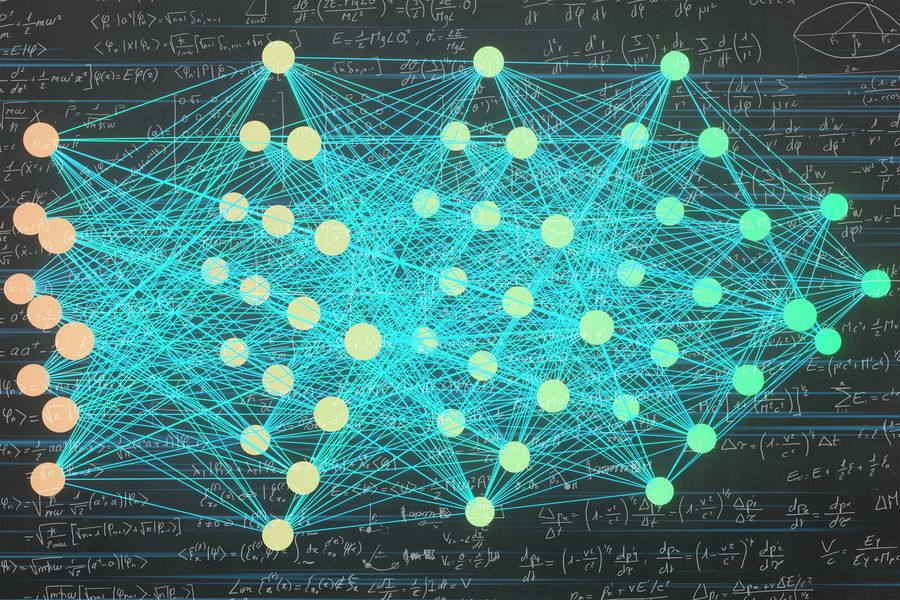Efficient Algorithms for Symmetric Data: A Breakthrough in Artificial Intelligence
Symmetry in data poses a fundamental challenge for machine learning models. When you rotate an image of a molecule, a human easily recognizes it as the same object, but a traditional algorithm might treat it as a new data point. This property, known as “symmetry,” is especially crucial in fields like drug and material discovery.
Why is symmetry important in AI?
The ability to recognize symmetry allows AI models to identify objects regardless of their position or orientation. In areas such as physics, chemistry, and astronomy, this skill can greatly improve prediction accuracy and reduce the amount of training data required.
Challenges in training with symmetric data
- Symmetry can confuse traditional models, leading to prediction errors.
- Classical techniques like data augmentation are often computationally expensive.
- Specialized architectures, such as graph neural networks (GNNs), handle symmetry, but their inner workings remain poorly understood.
MIT’s solution: a new efficient algorithm
A team of MIT researchers has developed the first provably efficient method for machine learning with symmetric data, both in terms of computation and data requirements. By combining concepts from algebra and geometry, they created an algorithm that simplifies the problem and optimizes the learning process.
"These symmetries are information that nature gives us about the data, and we should integrate them into our machine learning models. We have now shown it is possible to do this efficiently."
Behrooz Tahmasebi, MIT
Implications and future applications
- More accurate and faster AI models for drug and material discovery.
- Applications in astronomy, climate science, and other natural sciences.
- Potential to design more interpretable and robust neural network architectures.
This research, presented at the International Conference on Machine Learning, marks a step forward toward smarter and more adaptable AI models, capable of leveraging hidden information in symmetric data.
